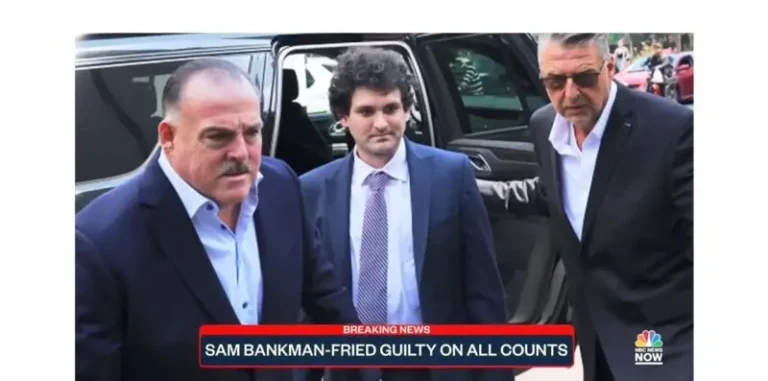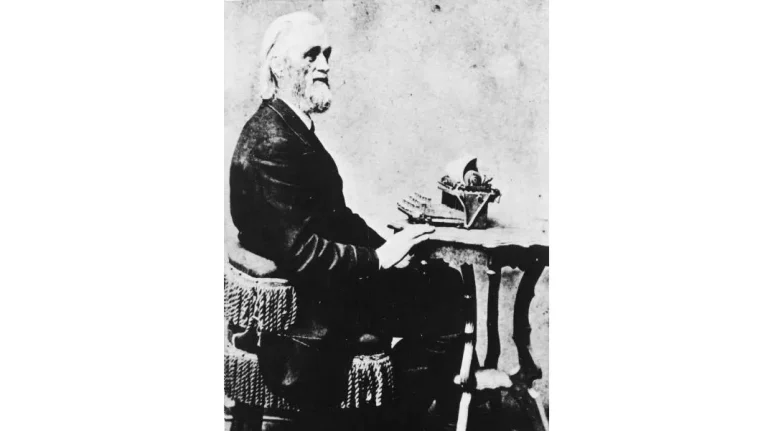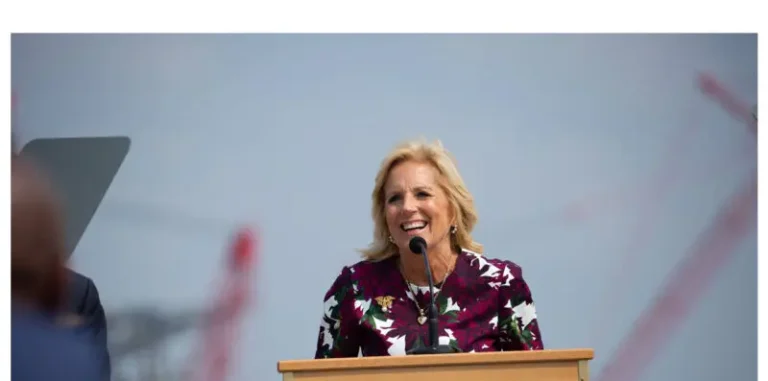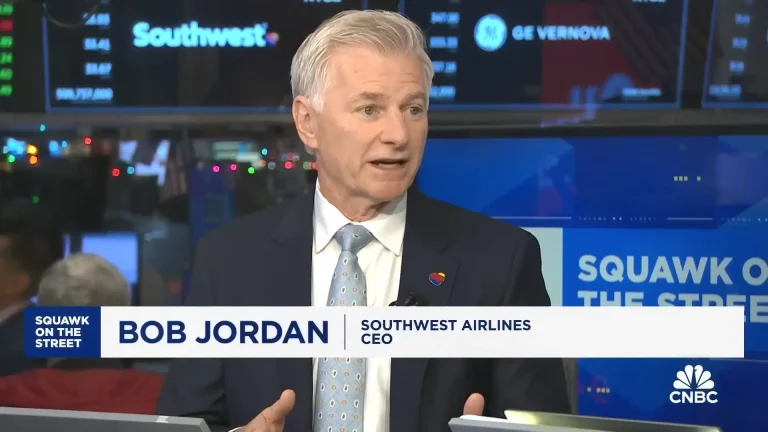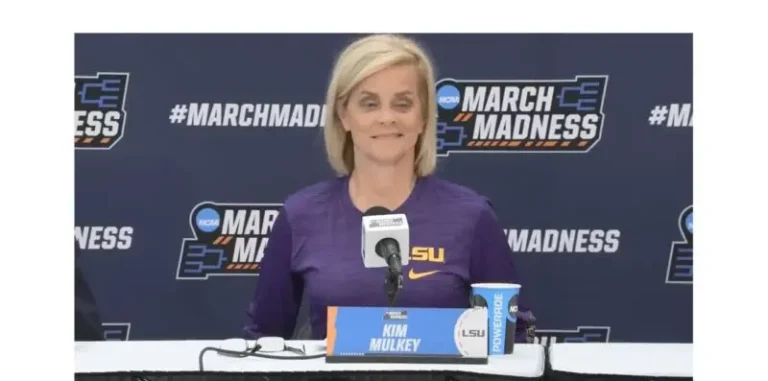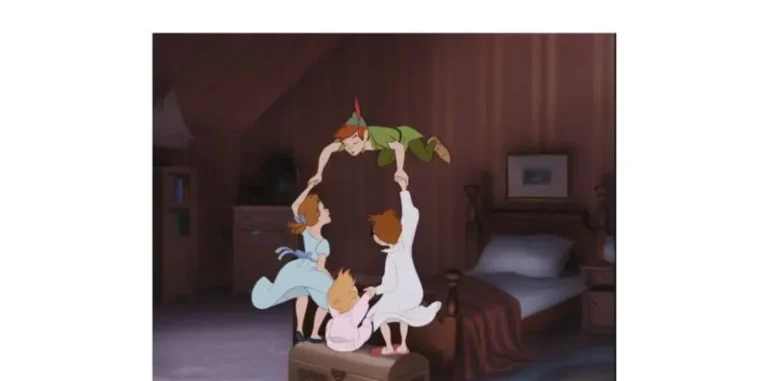How to edit a story
The art (and science) of finding what’s not there but should be
I edit a lot of copy.
I work with writers and brand journalism teams across the country, and I consider myself lucky to edit many of their stories, from news and features to profiles and opinion.
I say lucky because editing is one of those tasks that can bring instant gratification to both writers and editors. When a good story emerges from a not-quite-there draft, you can feel it.
Just to be clear: I’m not talking about copyediting – the important and necessary task of preparing a story for publication by checking grammar, spelling and stylistic matters.
Being an editor requires an additional set of tools, a combo of instinct, mechanics and imagination that helps writers get the most out of their stories. Here are five techniques I use.
1. Read it once, all the way through. Many editors—including me—can’t stop themselves. We see problems and just want to start hacking away.
Don’t do it. Sure, make a few tweaks and copyediting fixes as you go, but don’t start moving stuff around and rewriting sentences before you’ve read the story.
Editing is not about rewriting the piece the way you’d do it. It’s about helping writers get to where they’re trying to go or sounding the alarm if they’re heading in the wrong direction.
2. What’s it all about, anyway? The point of a story may seem obvious in a general way, but editors must get more specific. What’s the central idea that should be conveyed, above all others?
Whatever that one thing is, make sure it appears somewhere near the top of the story—in the headline and teaser, or in the lead or nut graph. Not at the end, like a summary or a surprise. This isn’t a college term paper or an O. Henry short story.
Communicators are writing for busy, distracted people. Assume that no more than a few will make it to the end. Don’t wait too long to tell them what it’s about and why they should care.
3. Look for what’s missing. Editing a story means finding what isn’t there but should be. Does the story raise questions that go unanswered? Will your readers understand what you mean or how something works?
Some stories just need more reporting. It’s the editor’s job to ask for more details, more explanation, more color – and all of it (maddeningly, of course), without adding to the length of the piece.
Stories also need context, even in just a line or two. Context can be historical (How did we get here?), physical (Where are we?) or emotional (Why do we care about this now?). A little background goes a long way.
And then there’s the nut graph, the most important part of a feature story too often missing in action. Writers can sometimes focus so hard on telling us an interesting story that they forget to explain why they’re telling it.
Dazzle me with a compelling opening anecdote. Paint a picture that draws me in. Introduce me to an interesting person who demands my attention. But at some point – and not too far along – you need to give me the bigger picture. That’s the nut graph.
4. Keep it moving. When stories stop moving, readers stop reading.
Look for what can get in their way, and clear the path. Here are a few boulders in the road:
- Long windups. Some openings are so packed with unnecessary detail and lengthy introductory phrases that readers are exhausted by the time they reach the subject and verb.
- Too much context, too high? Starting with the dawn of civilization may be asking too much. Give us the background when it helps best to connect us to the present.
- Boring quotes. Too many quotes are stiff and too long. Quotes should be about feelings, not facts, and they need to keep the story moving, not drag it down. Push for people saying something worth quoting.
- Numbers and data. I love data stories, but a paragraph loaded with statistics is the surest way to stop readers cold. Focus on what the numbers reveal, and pull the actual data into a chart or tidy infographic.
5. End at the beginning. The first thing I look at – and the last – is how the story beckons readers. Writing has vastly improved at organizations, so why do so many headlines still suck? That’s a topic for another column, but just ask yourself this: Would you click on that headline? Does that lead make you want to read on?
If the answer is no, consult your local editor.
Jim Ylisela and his merry band of Ragan Consulting Group editors provide training, coaching and brand journalism engagements for internal and external communicators.
Contact our client team to learn more about how we can help you with your communications. Follow RCG on LinkedIn and subscribe to our weekly newsletter here.


